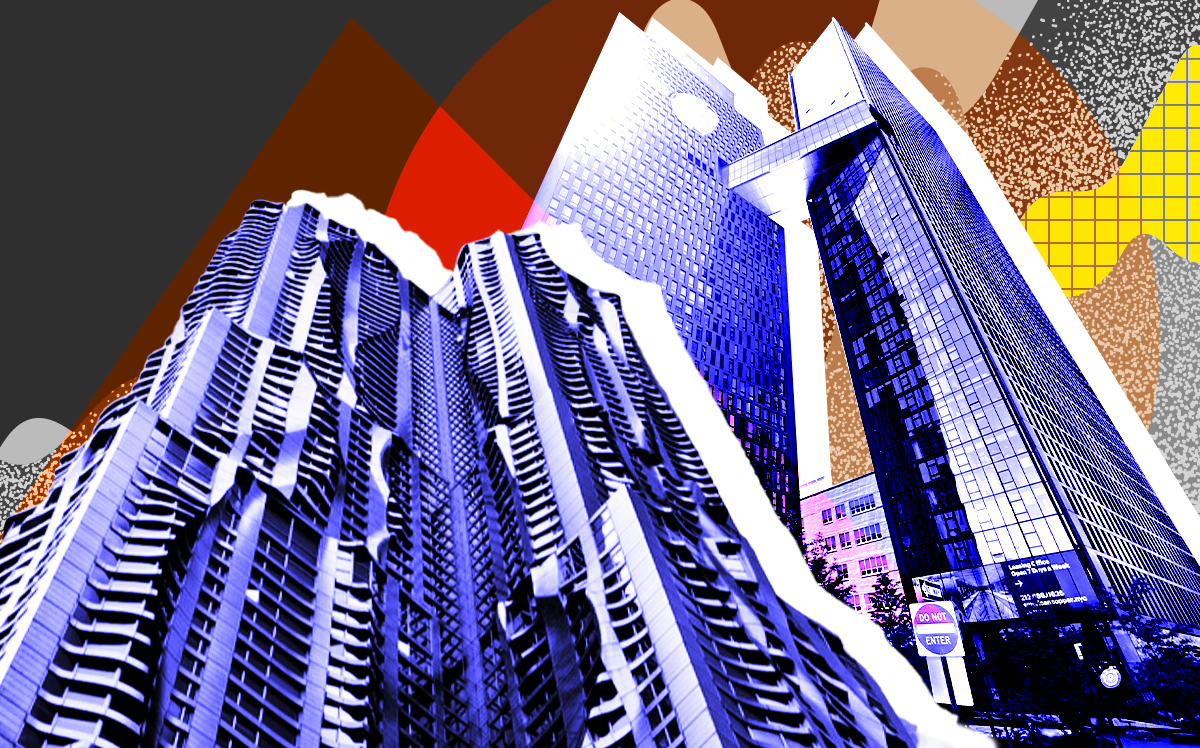Home prices are falling across the country, but the bleeding wasn’t quite so bad in Chicago last year.
Nationwide, prices fell by an average of more than 2 percent between June and November in 2022, Fortune Magazine reported.
The Pandemic Housing Bubble was caused by the high demand for new housing and historically low interest rates. This led to overheated housing markets vulnerable to sharp home price increases once the demand evens out and mortgage rates climb back up, the outlet reported.
But in Chicago, the stabilizing effect was less severe, with home prices falling by only 0.9 percent in the second half of last year, the lowest dip registered on the Case-Shiller Index. Meanwhile, prices fell by 2.2 percent in New York and a staggering 12.3 percent in San Francisco.
Markets like Seattle and San Francisco that have a high concentration of tech workers, lost big chunks of their population as remote work became necessary and more popular and allowed people to work wherever they had high-speed internet access. With the interest rate hikes from the Federal Reserve spiking last year, the housing boom came to a crashing halt in several markets as well.
“The San Francisco Bay Area is an extreme case of a constrained housing market, with job growth outpacing new housing production and resulting in supply shortages and price spikes that date back at least 30 years,” researchers from the Federal Reserve Bank of San Francisco wrote in a paper published in March 2022.
Chicago’s home price growth stayed near the back of the pack among the 20 largest U.S. metropolitan areas during the recent three-year housing price surge. The Windy City ranked 19th on the list in terms of its home price increases amid the historic seller’s market, according to online property information service Attom. It found that between 2019 and 2022, the median price of homes sold in the Chicago area rose 24.3 percent to $281,000, with Baltimore as the only city below that rate.
— Victoria Pruitt
Read more



